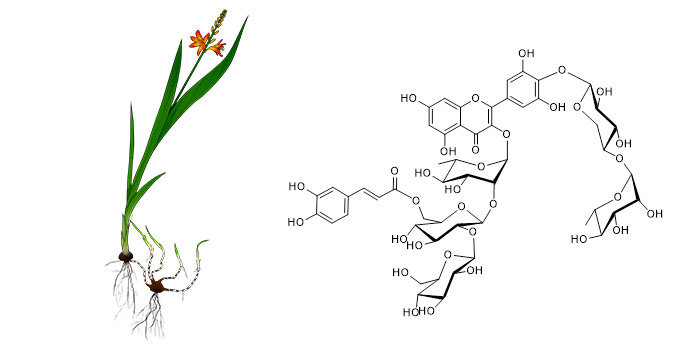
Biosynthesis of the Antidiabetic Plant Metabolite Montbretin A
Research, The Plant Cell, The Plant Cell: In a NutshellIrmisch et al. investigate enzymes of the ornamental plant montbretia involved in a complex flavonoid biosynthetic system relevant to human health. https://doi.org/10.1105/tpc.18.00406
Background: Type-2 diabetes is a major health challenge of the 21st century requiring new treatments. Plants produce…
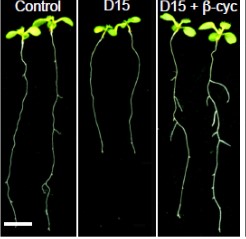
β-cyclocitral is a conserved root growth regulator (bioRxiv)
Plant Science Research WeeklyEnhancing root growth can aid plant survival in challenging environments such as salty soils. Dickinson et al. built upon a previous study that identified D15, an inhibitor of lateral root development. They treated roots with D15 and also components of a small-molecule library to search for suppressors…
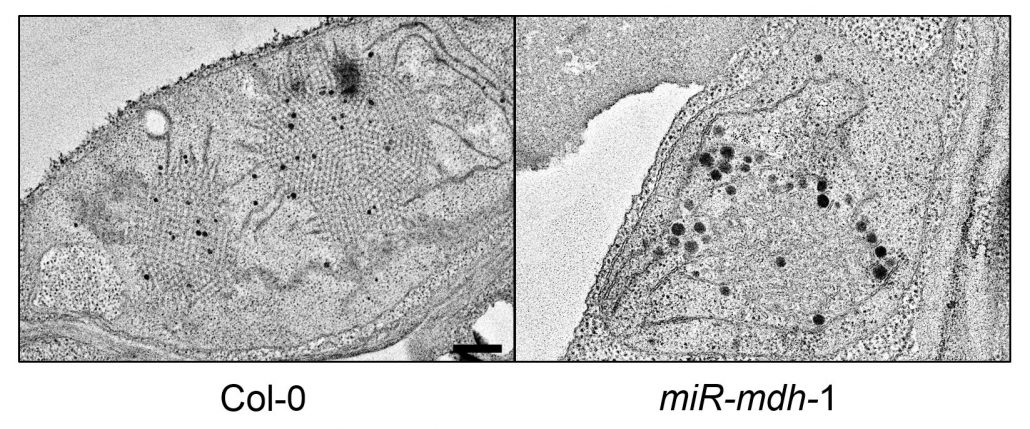
Moonlighting Role of Plastidial NAD-MDH
Research, The Plant Cell, The Plant Cell: In a NutshellSchreier et al. investigate the role of a plastid malate dehydrogenase in early chloroplast development. Plant Cell 30: 1745-1769
Background: Malate dehydrogenases (MDH) are enzymes that are widespread in prokaryotes and eukaryotes. MDH interconverts oxaloacetate and malate, using either NAD or…
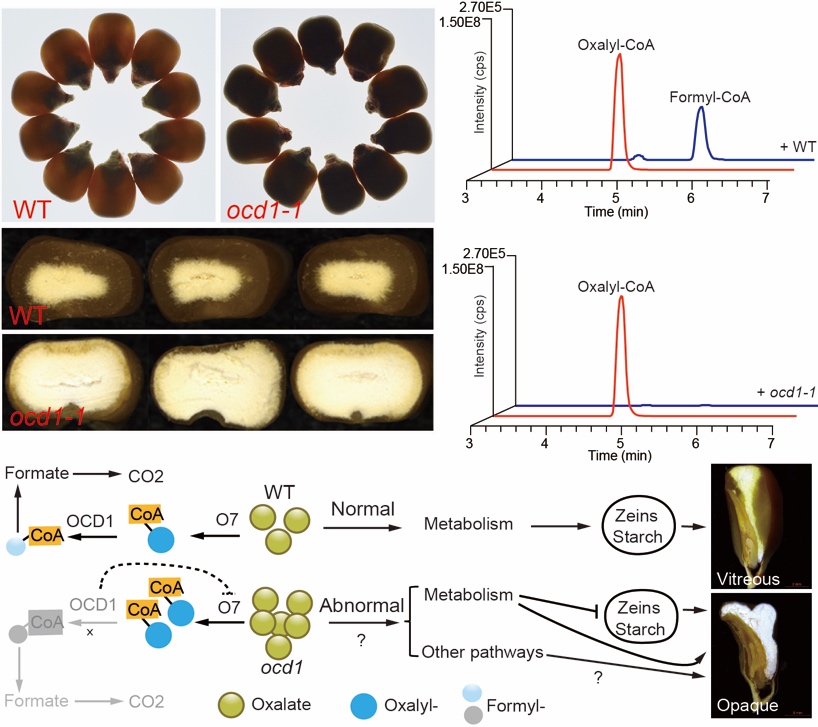
Studies have found that key enzymes of plant oxalate metabolism affect corn nutrition quality
Blog, The Plant Cell, The Plant Cell: News(From a press release written in Chinese - original here)
On September 10th , The Plant Cell published a research paper entitled Maize Oxalyl-CoA Decarboxylase1 Degrades Oxalate and Affects the Seed Metabolome and Nutritional Quality by the Wu Yongrui Research Group of the Institute of Plant and Plant…
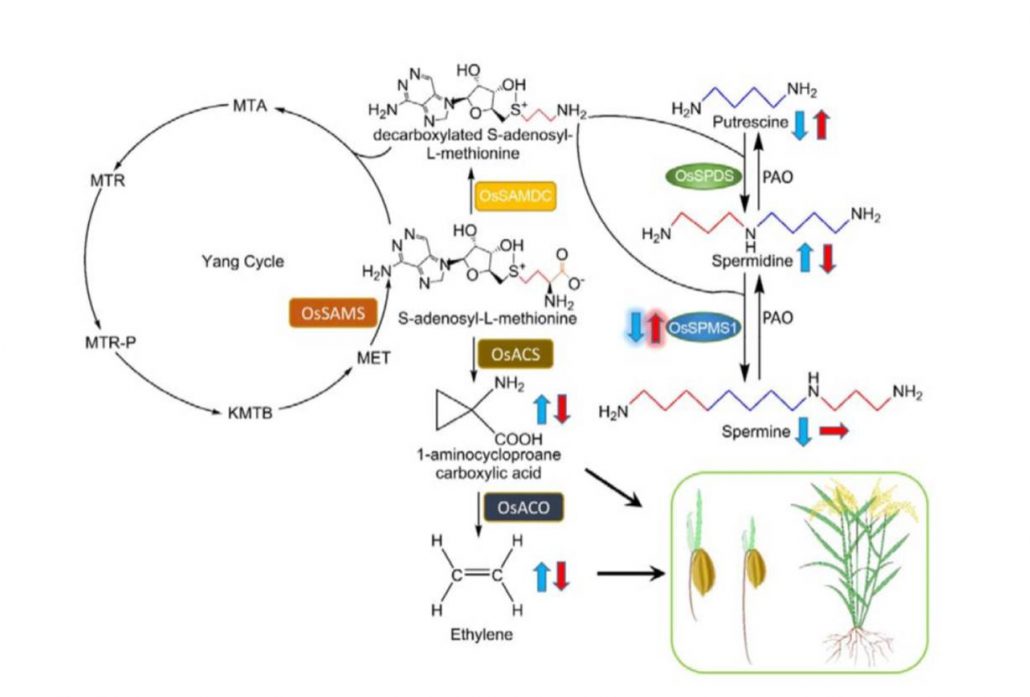
The spermine synthase OsSPMS1 regulates seed germination, grain size, and yield (Plant Physiol)
Plant Science Research WeeklyPolyamines including spermine and spermidine are present in all eukaryotes and have diverse roles. In plants they have been implicated in responses ranging from abiotic and biotic stresses to grain filling. Tao et al. examined the function of OsPMS1, encoding a spermine synthase, through genetic methods…
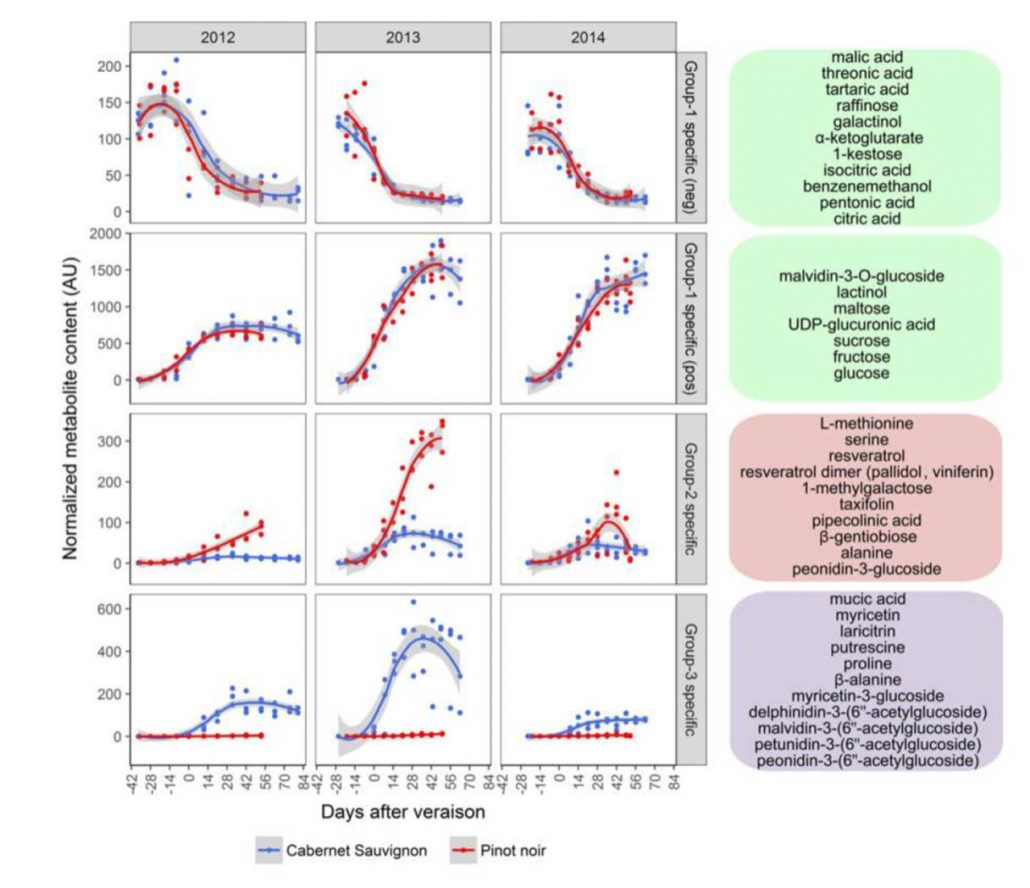
Molecular events marking the onset of berry ripening in grapevine (Plant Physiol)
Plant Science Research WeeklyDo you know the difference between a wine made from Pinot noir grapes and one made from Cabernet Sauvignon grapes? Most people can taste a difference, but to really understand the wines you might want to go a bit deeper through metabolomic and transcriptomic approaches, as done by Fasoli et al. (in a…
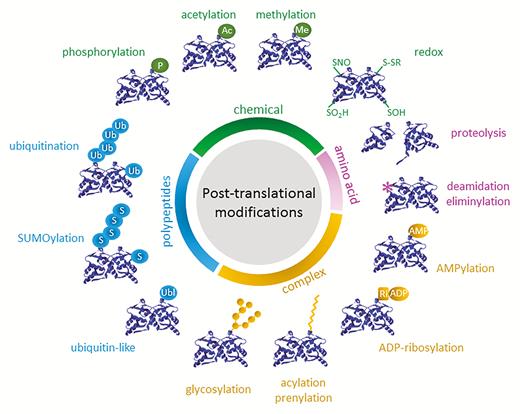
Special issue: Orchestrating the proteome with post-translational modifications (J. Exp. Bot.)
Plant Science Research WeeklyI guess we're well past the stage of thinking "one gene - one protein", but even a single polypeptide isn't really one protein, due to the huge number of different types of post-translational modification (PTM) it can be subjected to. These are summarized in the illustration that accompanies the editorial…
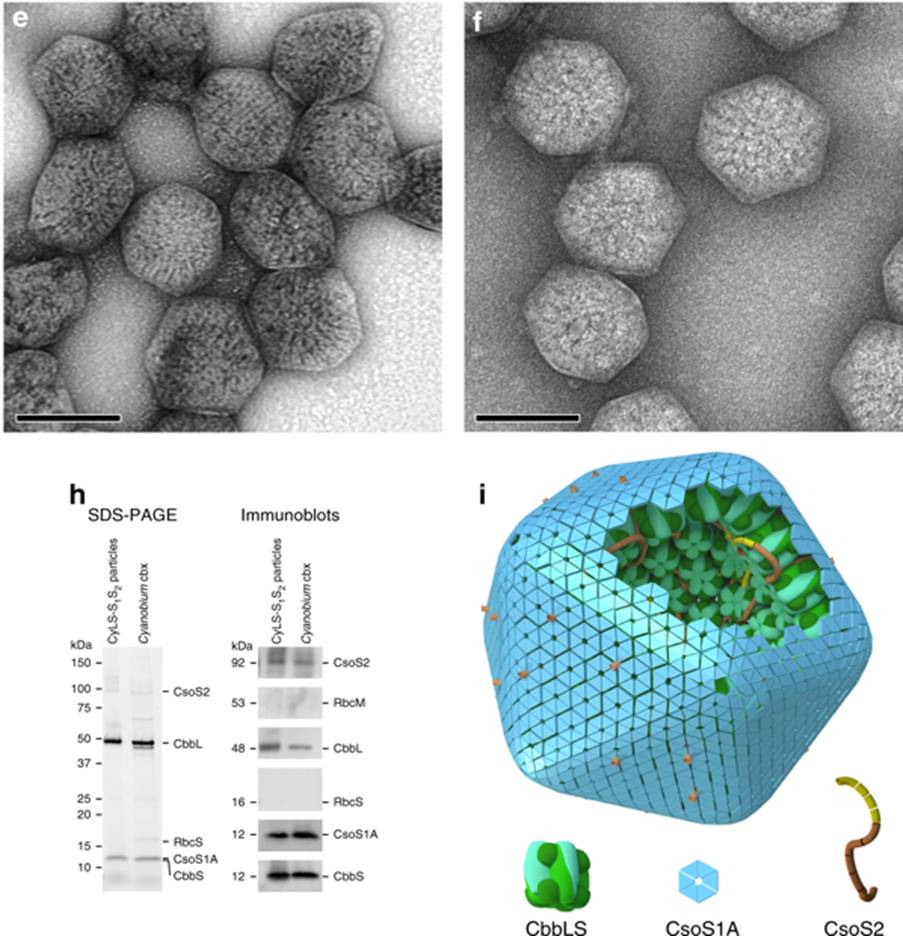
Carboxysome encapsulation of the CO2-fixing enzyme Rubisco in tobacco chloroplasts (Nature Comms.)
Plant Science Research WeeklyOne of the fundamental challenges facing terrestrial plants occurs when CO2 levels are depleted at Rubisco, causing its inefficient oxygenase activity to dominate. Some plants minimize this problem by adding a carbon-fixing step upstream of Rubisco, and various algae and cyanobacteria sequester Rubisco…
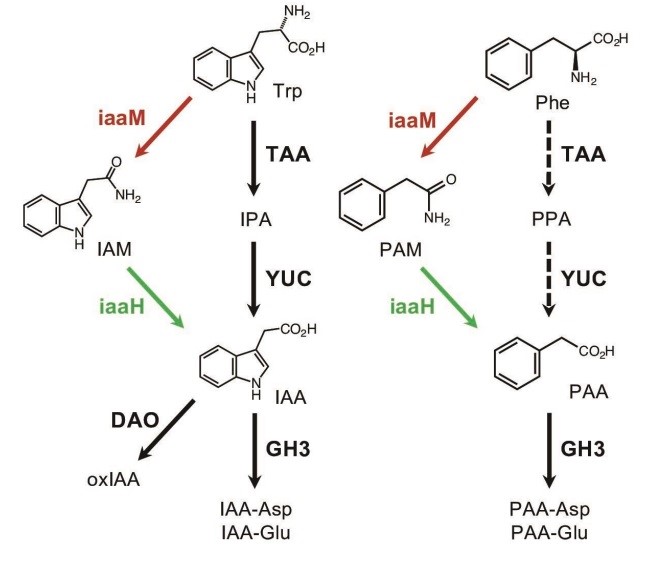
Agrobacterium tumefaciens enhances biosynthesis of two distinct auxins in crown galls ($) (Plant Cell Physiol.)
Plant Science Research WeeklyKiyoshi et al. investigated auxin biosynthesis during the formation of crown galls by Agrobacterium tumefaciens. Agrobacterium introduces into the plant T-DNA containing two auxin biosynthesis genes iaaM (TRYPTOPHAN-2-MONOOXYGENASE) and iaaH (INDOLE-3-ACETAMIDE HYDROLASE). The authors used LC-MS/MS to…

